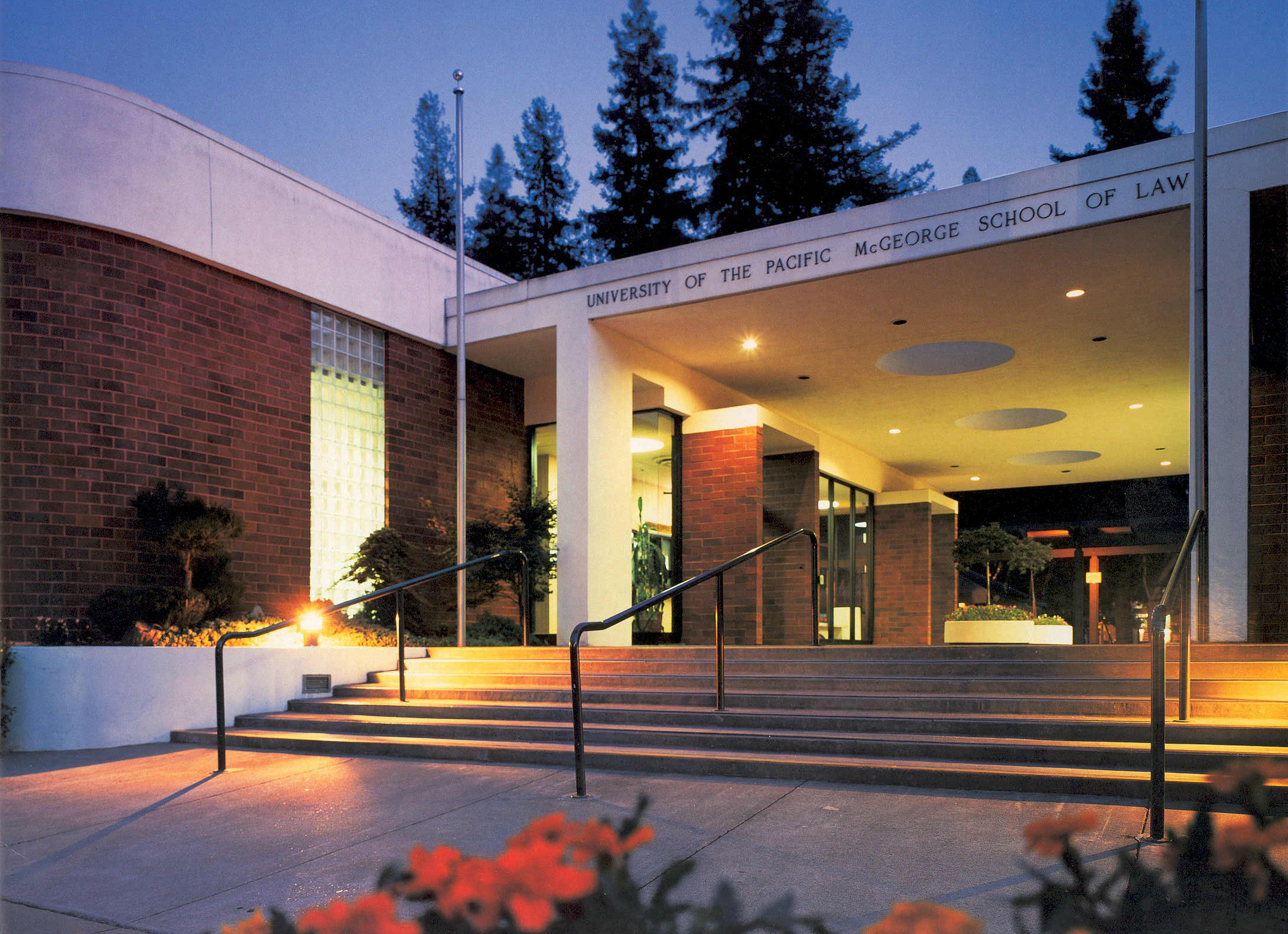
The International Law of Property
Files
Description
This is the first book to explore the subject of international property law. While traditionally viewed as a national concern, identifiable areas of property law have emerged at the international level; the foundation is now being laid for a comprehensive regime. The evolution of international property law was influenced by major economic, political, and technological changes, including the embrace of private property by former socialist states after the Cold War; globalization of investments and trade; the birth of new technologies for exploiting the global commons; and increasing recognition of the human right to property. The first section of the book analyzes how international law impacts rights in specific types of property. It creates property rights in certain situations, such as rights in aboriginal lands and satellite orbits. In other areas, it harmonizes property rights that arise at the national level, such as rights in intellectual property and security interests in personal property. Finally, it sometimes restricts or prohibits the property rights that may be recognized at the national level, such as rights in celestial bodies, contraband, and humans. The second section of the book develops the thesis that a global right to property should be recognized as a general matter as to all types of property, not merely as a moral precept but rather as an entitlement that all states must honor. It examines five components of the global right: the rights to (a) acquire; (b) use; (c) destroy; (d) exclude; and (e) transfer.
ISBN
9780199654543
Publication Date
2014
Publisher
Oxford University Press
City
Oxford, United Kingdom; New York, NY
Keywords
human rights, intellectual property, international law, land, property, property law, property rights
Disciplines
Intellectual Property Law | International Law | Law | Property Law and Real Estate
Recommended Citation
John G. Sprankling,
The International Law of Property
(2014).
Available at:
https://scholarlycommons.pacific.edu/facultybooks/2




Comments
This is the first book to explore the subject of international property law. While traditionally viewed as a national concern, identifiable areas of property law have emerged at the international level; the foundation is now being laid for a comprehensive regime. The evolution of international property law was influenced by major economic, political, and technological changes, including the embrace of private property by former socialist states after the Cold War; globalization of investments and trade; the birth of new technologies for exploiting the global commons; and increasing recognition of the human right to property. The first section of the book analyzes how international law impacts rights in specific types of property. It creates property rights in certain situations, such as rights in aboriginal lands and satellite orbits. In other areas, it harmonizes property rights that arise at the national level, such as rights in intellectual property and security interests in personal property. Finally, it sometimes restricts or prohibits the property rights that may be recognized at the national level, such as rights in celestial bodies, contraband, and humans. The second section of the book develops the thesis that a global right to property should be recognized as a general matter as to all types of property, not merely as a moral precept but rather as an entitlement that all states must honor. It examines five components of the global right: the rights to (a) acquire; (b) use; (c) destroy; (d) exclude; and (e) transfer.